Service Level Analysis - By Component Type Report
Using the Service Level Analysis - By Component Type reports, an executive can receive a broad idea about the performance of a particular component type during a specific period. To generate such a report, do the following:
- Select the By Component Type option from the Service Level Analysis sub node available under the Executive Reports node of the REPORTS BY FUNCTION tree (see Figure 1).
-
From the Component Type list box that appears, select the component-type for which the executive report needs to be viewed.

Figure 1 : Generating a Service Level Analysis - By Component Type Report
-
Provide a Timeline for the report. You can either provide a fixed time line such as 1 hour, 2 days, etc., or select the Any option from the list to provide a From and To date/time for report generation.
Note:
For every user registered with the eG Enterprise system, the administrator can indicate the maximum timeline for which that user can generate a report. Once the maximum timeline is set for a user, then, whenever that user logs into eG Reporter and attempts to generate a report, the Timeline list box in the report page will display options according to the maximum timeline setting of that user. For instance, if a user can generate a report for a maximum period of 3 days only, then 3 days will be the highest option displayed in the Timeline list - i.e., 3 days will be the last option in the fixed Timeline list. Similarly, if the user chooses the Any option from the Timeline list and proceeds to provide a start date and end date for report generation using the From and To specifications, eG Enterprise will first check if the user's Timeline specification conforms to his/her maximum timeline setting. If not, report generation will fail. For instance, for a user who is allowed to generate reports spanning over a maximum period of 3 days only, the difference between the From and To dates should never be over 3 days. If it is, then, upon clicking the Run Report button a message box will appear, prompting the user to change the From and To specification.
-
In large environments, reports generated using months of data can take a long time to complete. Administrators now have the option of generating reports on-line or in the background. When a report is scheduled for background generation, administrators can proceed with their other monitoring, diagnosis, and reporting tasks, while the eG manager is processing the report. This saves the administrator valuable time. To schedule background processing of a report, select the Background Save - PDF option from the Report Generation list. In this case, a Report Name text box will appear, where you would have to provide the name with which the report is to be saved in the background. To process reports in the foreground, select the Foreground Generation - HTML option from this list.
Note:
- The Report Generation list will appear only if the EnableBackgroundReport flag in the [BACKGROUND_PROCESS] section of the eg_report.ini file (in the {EG_INSTALL_DIR}\manager\config directory) is set to Yes.
- The default selection in the Report Generation list will change according to the Timeline specified for the report. If the Timeline set is greater than or equal to the number of days specified against the MinDurationForReport parameter in the [BACKGROUND_PROCESS] section of the eg_report.ini file, then the default selection in the Report Generation list will be Background Save - PDF. On the other hand, if the Timeline set for the report is lesser than the value of the MinDurationForReport parameter, then the default selection in the Report Generation list will be Foreground. This is because, the MinDurationForReport setting governs when reports are to be processed in the background. By default, this parameter is set to 2 weeks - this indicates that by default, reports with a timeline of 2 weeks and above will be processed in the background.
-
Finally, click on the Run Report button to generate the report. If the option chosen from the Report Generation list is Foreground Generation - HTML, then, clicking on the Run Report button will invoke Figure 2.
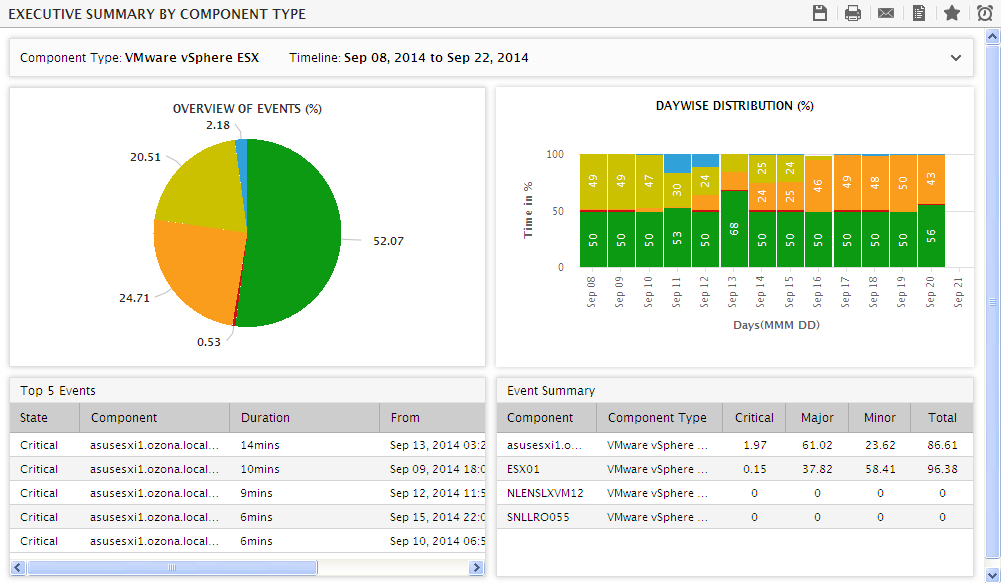
Figure 2 : The Service Level Analysis - By Component Type Report
- There are four sections in the generated report (see Figure 2). The first section is a pie chart that provides a bird's-eye view of the health of the component type during the designated period. The slices of the pie chart and their respective colors represent the percentage of time the component type has been in different states (Normal, Critical, Major, Minor, and Unknown).
-
In order to identify the root-cause of the problems denoted by a particular slice in the pie chart, click on the slice. This will invoke the Service Level Analysis report of that Component of the chosen type that was primarily responsible for the performance degradation suffered by the component type during the time frame specified (see Figure 3).
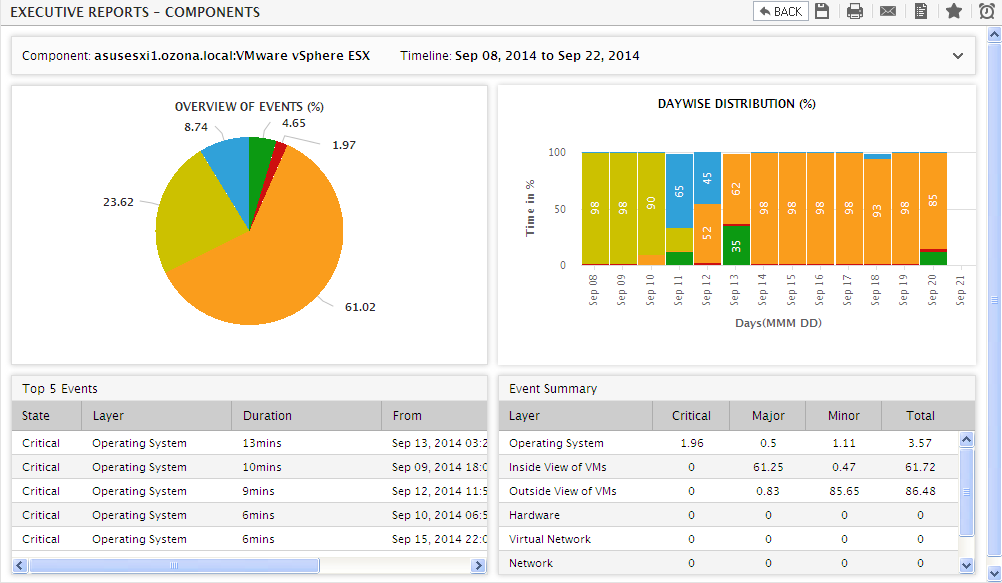
Figure 3 : Service Level Analysis report of the Component that belongs to the Component Type
-
The second section of the report is a bar graph that depicts how well the component type has performed on a daily basis during the specified period. The information depicted here will enable an executive to detect the daily trends in the performance of the Component Type. Here again, the various divisions within a bar and their respective colors denote the state variations in the component type during the given period. The height of a division depends upon the duration (in minutes) for which the components of the chosen type have remained in a particular state.
Note:
By default, the DAYWISE DISTRIBUTION section of this page depicts the duration for which a segment has remained in a particular state, in minutes. Instead, if you prefer to view the percentage of time during a day a segment was in any particular state, set the Daywise distribution reports in flag in the MONITOR SETTINGS page (Configure -> Monitor Settings menu in the eG administrative interface) to Percentage.
-
To figure out the root-cause of the problems indicated by a particular division in a bar, click on the division. When this is done, Figure 4 will appear displaying the Service Level Analysis report of that Component, which faced the maximum number of these problems on that particular day.
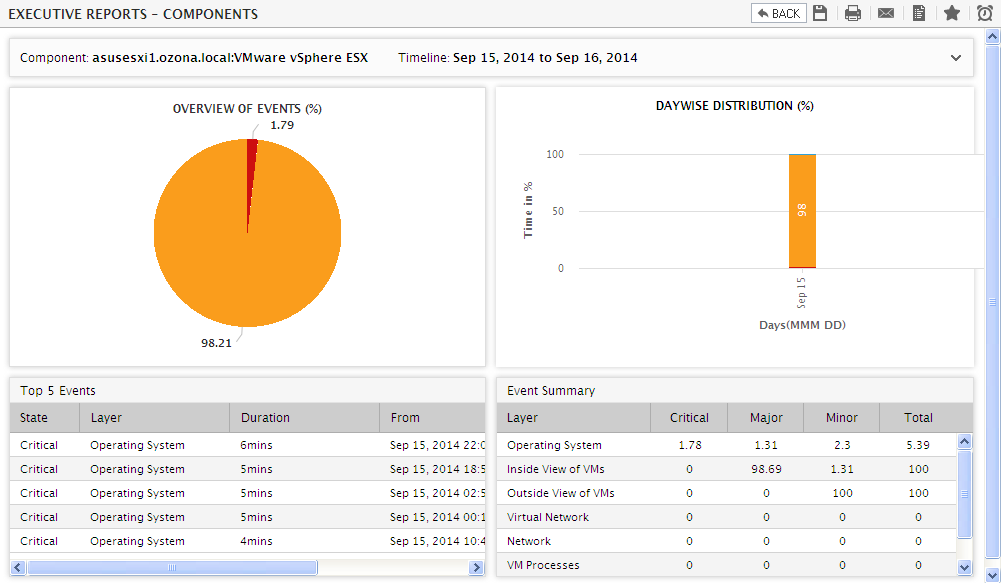
Figure 4 : Service Level Analysis Report of the Component causing a fall in the performance of the Component Type
- The third section is a summary table that highlights the top five alarms that have remained for the longest duration. The details displayed include the alarm priority, the Component (of the chosen type) in which the problem was detected, the Duration of the problem, the date and time of problem occurrence (From) and the date and time of problem resolution (To). This information will help an executive figure out which components were responsible for some of the worst problems of the component type.
-
Click on the Component of your choice in this section to view the Service Level Aalysis report of that Component for the chosen period (see Figure 5).
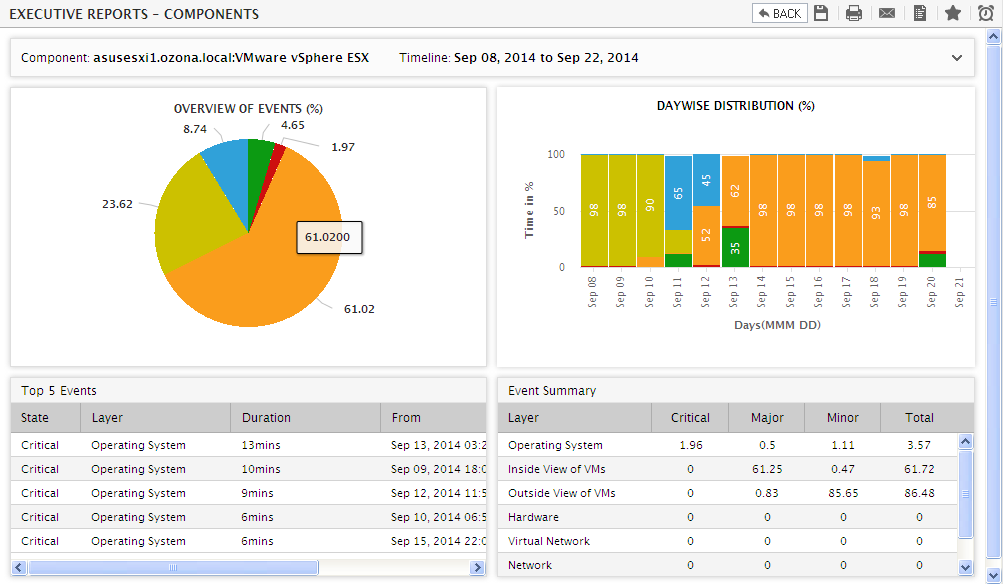
Figure 5 : Service Level Analysis report of the Component that is clicked on
- The fourth section of the Service Level Analysis report not only lists the components that were affected during the specified period, but also the percentage of time each of the components suffered Critical, Major, and Minor issues. This event summary, when viewed along with the top five summary, will help an executive identify the problem-prone components of the component type.
-
Click on the Component of your choice in this section to view the Service Level Analysis of that Component for the chosen period (see Figure 6).
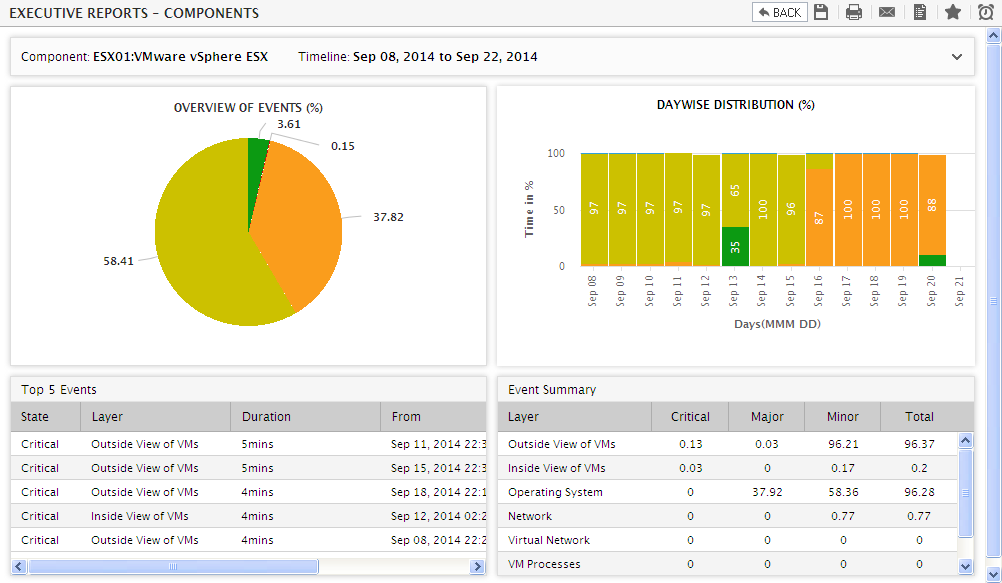
Figure 6 : Service Level Analysis report of the Component clicked on in the SUMMARY OF EVENTS section
- On the other hand, if the Background Save - PDF option is chosen from the Report Generation list, then, clicking on the Run Report button will not invoke the report. Instead, a message depicted by Figure 8 will appear. To view the report, click on the Click here to see a list of generated and processing reports link in Figure 8, and proceed as indicated in Section Service Level Analysis - By Component Report of this document.
